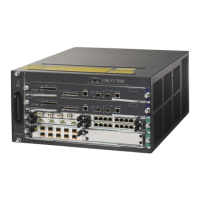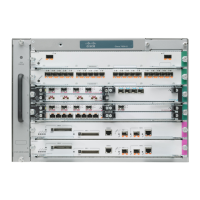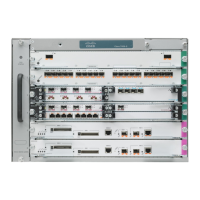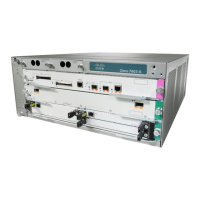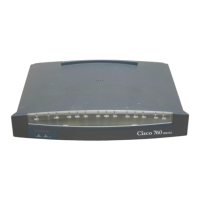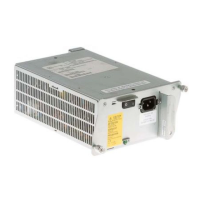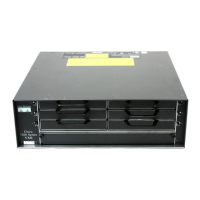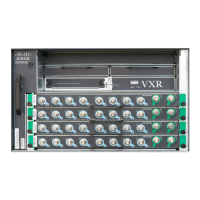CHAPTER
14-1
Cisco 7600 Series Router Cisco IOS Software Configuration Guide—12.1E
78-14064-04
14
Configuring IEEE 802.1Q Tunneling and Layer 2
Protocol Tunneling
With Release 12.1(13)E and later, the Cisco 7600 series routers support IEEE 802.1Q tunneling and
Layer 2 protocol tunneling. This chapter describes how to configure IEEE 802.1Q tunneling and Layer
2 protocol tunneling on the Cisco 7600 series routers.
Note • For complete syntax and usage information for the commands used in this chapter, refer to the
Cisco 7600 Series Router Cisco IOS Command Reference publication.
• The WS-X6548-GE-TX, WS-X6548V-GE-TX, WS-X6148-GE-TX, and WS-X6148V-GE-TX
switching modules do not support IEEE 802.1Q tunneling or Layer 2 protocol tunneling.
This chapter consists of these sections:
• Understanding How 802.1Q Tunneling Works, page 14-1
• 802.1Q Tunneling Configuration Guidelines and Restrictions, page 14-3
• Configuring 802.1Q Tunneling, page 14-5
• Understanding How Layer 2 Protocol Tunneling Works, page 14-7
• Configuring Support for Layer 2 Protocol Tunneling, page 14-8
Understanding How 802.1Q Tunneling Works
802.1Q tunneling enables service providers to use a single VLAN to support customers who have
multiple VLANs, while preserving customer VLAN IDs and keeping traffic in different customer
VLANs segregated.
A port configured to support 802.1Q tunneling is called a tunnel port. When you configure tunneling,
you assign a tunnel port to a VLAN that you dedicate to tunneling. To keep customer traffic segregated,
each customer requires a separate VLAN, but that one VLAN supports all of the customer’s VLANs.
With 802.1Q tunneling, tagged customer traffic comes from an 802.1Q trunk port on a customer device
and enters the service-provider edge router through a tunnel port. The link between the 802.1Q trunk
port on a customer device and the tunnel port is called an asymmetrical link because one end is
configured as an 802.1Q trunk port and the other end is configured as a tunnel port. You assign the tunnel
port to an access VLAN ID unique to each customer. See Figure 14-1 on page 14-2 and Figure 14-2 on
page 14-2.

